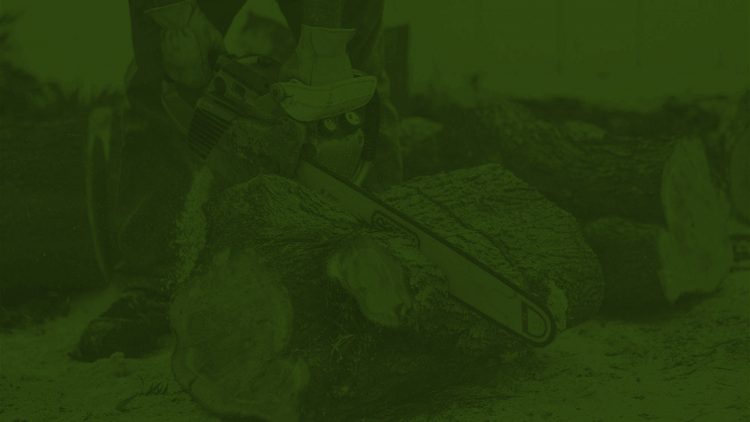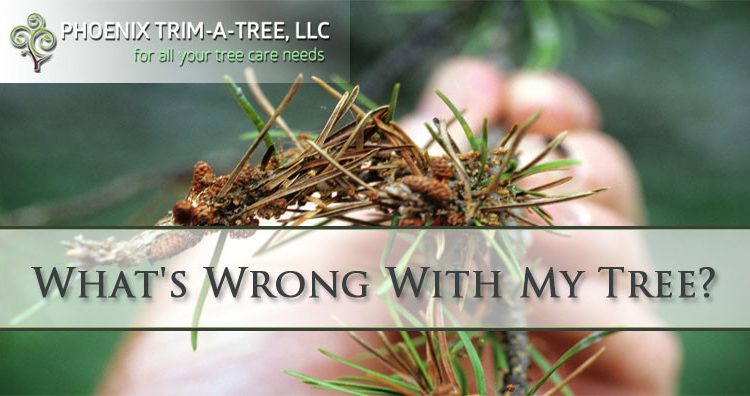When Is The Best Time To Prune Trees?
When Is The Best Time To Prune Trees?
GET A FREE ESTIMATE TODAY!
“
The best time to prune trees depends on the type of tree and the climate you live in.
In general, trees should be pruned during their dormant season, when they are not actively growing. This is usually in the winter or early spring, before the leaves start to bud. However, some trees, such as maples and oaks, can be pruned in the summer.
Here are some specific guidelines for pruning trees in different climates:
- In cold climates: Prune trees in the winter, when the ground is frozen and the sap is not flowing. This will help to prevent the spread of disease.
- In warm climates: Prune trees in the early spring, before the weather gets too hot. This will help to reduce stress on the tree.
- In dry climates: Prune trees in the fall, after the rainy season. This will help to prevent the spread of diseases that thrive in wet conditions.
It is important to avoid pruning trees during periods of hot weather or drought, as this can stress the tree and make it more susceptible to disease.
Here are some tips for pruning trees safely and effectively:
- Use sharp, clean tools.
- Make cuts that are smooth and flush with the branch.
- Do not remove more than one-third of the tree’s foliage at a time.
- Dispose of pruning debris properly.
If you are not comfortable pruning trees yourself, it is best to hire a professional arborist.
Here are some additional things to keep in mind when pruning trees:
- The purpose of the pruning. Are you pruning to remove dead or diseased branches, to shape the tree, or to control its growth?
- The health of the tree. If the tree is stressed or unhealthy, it is best to avoid pruning it.
- The type of tree. Some trees, such as maples and oaks, bleed sap when they are pruned. Others, such as pines and spruces, do not.
- The time of year. As mentioned earlier, the best time to prune trees varies depending on the climate and the type of tree.
By following these guidelines, you can prune your trees safely and effectively, keeping them healthy and looking their best.
PHOENIX AREA ARBORISTS
If you have a tree that is suffering it can be a risk to your person, property, and your family. While saving every tree possible is the overall goal of a certified arborist, any tree that is dangerously damaged should be cut down. Don’t wait for wind, weather, or time to bring the tree down on your home, your vehicle, or someone enjoying being outdoors. Give us a call today to get your tree cared for right at 480-962-0701.


